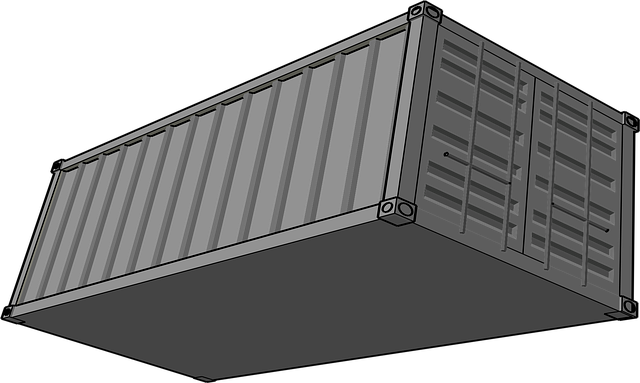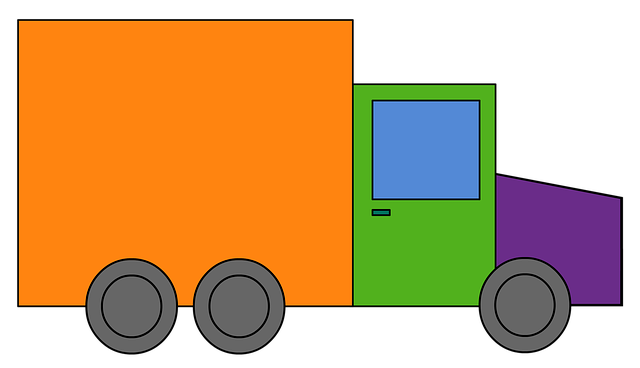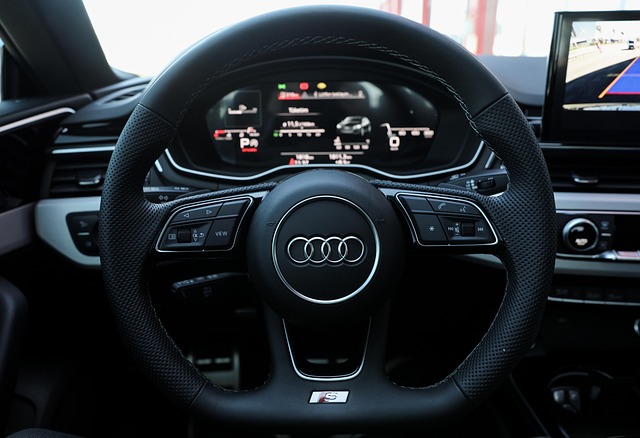Looking to register your car in California? This comprehensive guide breaks down the process step-by-step. From understanding crucial requirements like proper documentation and VIN verification, to visiting a local DMV office and completing the application form, we’ve got you covered. Learn how to pay registration fees and secure your custom license plate with ease. Ensure everything is done correctly by following these essential steps.
- Understand California Car Registration Requirements
- Gather Necessary Documents for Vehicle Registration
- Visit a California Department of Motor Vehicles (DMV) Office
- Complete the Car Registration Application Form
- Pay the Required Registration Fees and Get Your Plate
Understand California Car Registration Requirements

Before diving into the registration process, it’s crucial to understand California’s car registration requirements. This includes ensuring your vehicle meets all safety and environmental standards set by the state. One key aspect is verifying the Vehicle Identification Number (VIN). In California, this typically involves a VIN inspection, which can be conducted through various channels, including a mobile VIN verifier or a traditional inspection station.
The process has been streamlined with the advent of digital tools like mobile VIN verification services. These services allow you to quickly and conveniently check your vehicle’s history by using your smartphone or tablet, providing peace of mind before finalizing the registration. Understanding these requirements early on will ensure a smoother transition during the car registration process in California.
Gather Necessary Documents for Vehicle Registration

Before you begin the registration process, make sure you have all the required documents. California requires specific paperwork for vehicle registration, ensuring a smooth and accurate transaction. One crucial document is the Vehicle Identification Number (VIN) verifier, which can be obtained through a mobile VIN inspection or by checking your vehicle’s registration history online. This unique identifier is essential as it verifies the vehicle’s make, model, and year, playing a vital role in the registration process.
Additionally, you’ll need proof of ownership, typically a title document, along with valid identification for both you and the previous owner. A mobile VIN verification service can be beneficial here, as it allows you to quickly validate the vehicle’s history and ensure there are no outstanding issues, making the registration journey more efficient.
Visit a California Department of Motor Vehicles (DMV) Office

To start the registration process for your car in California, visit a local California Department of Motor Vehicles (DMV) office. This is where you’ll initiate the paperwork and ensure all necessary requirements are met. Bring along your vehicle’s important documents, including the title, proof of insurance, and identification. A DMV representative will guide you through the steps, which involve verifying key information such as the vehicle’s VIN (Vehicle Identification Number). Utilizing a VIN verifier, often available at the agency, is crucial for this step to ensure the car’s history is accurate and free from any discrepancies.
Additionally, if needed, opt for a mobile VIN inspection or mobile vin verifier service to have the process done at your convenience, especially if you’re unable to visit a DMV office in person. This option offers a convenient way to check your vehicle’s validity without the hassle of waiting in line.
Complete the Car Registration Application Form

To begin the registration process, you’ll need to complete the Car Registration Application Form. This form is your official document that contains essential information about your vehicle and your personal details. Make sure all the particulars are accurate and up-to-date, as any discrepancies might lead to delays or issues down the line. One crucial element in this process is using a reliable Vehicle Identification Number (VIN) verifier. A mobile VIN verifier can ensure that the VIN on file matches the one associated with your vehicle, enhancing the accuracy of your application.
You can opt for a traditional mobile vin inspection or verification service, which typically involves scheduling an appointment and having a professional visit you to cross-check the VIN. Alternatively, many services now offer remote, digital VIN verification options that are just as reliable and often more convenient. This step is vital to streamline the registration process and prevent potential problems in the future.
Pay the Required Registration Fees and Get Your Plate

After completing your vehicle’s registration application, the next step is to pay the required fees. California has specific costs associated with car registration, which vary based on factors like the type of vehicle and its age. You can typically pay these fees online or at a DMV office using a debit or credit card. Once the payment is processed, you’ll receive your vehicle’s unique identification number (VIN) verifier, which is crucial for the next step in the process.
To ensure a smooth registration experience, consider utilizing a mobile VIN verifier service that allows for convenient and quick verification of your vehicle’s history. This service can be particularly useful if you’re ever on the go or prefer the efficiency of an online inspection (vin inspection) over visiting a physical location. With just a few simple steps, you can have peace of mind knowing that your car is legitimate and road-ready for registration in California.
Registering your car in California is a straightforward process that ensures your vehicle complies with state laws. By understanding the requirements, gathering essential documents like the VIN verifier, and visiting a local DMV office, you can complete the registration smoothly. Following the steps outlined in this article, from filling out the application form to paying the fees and receiving your license plate, will have your vehicle legally registered in no time.



